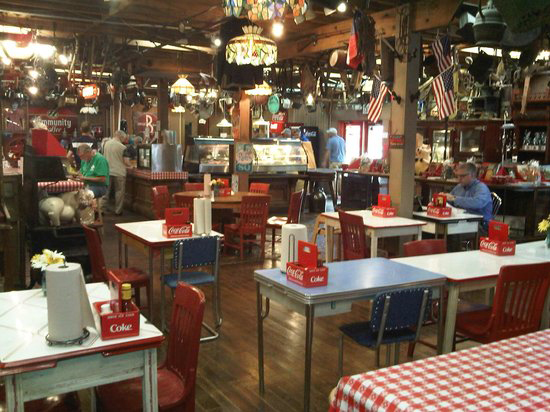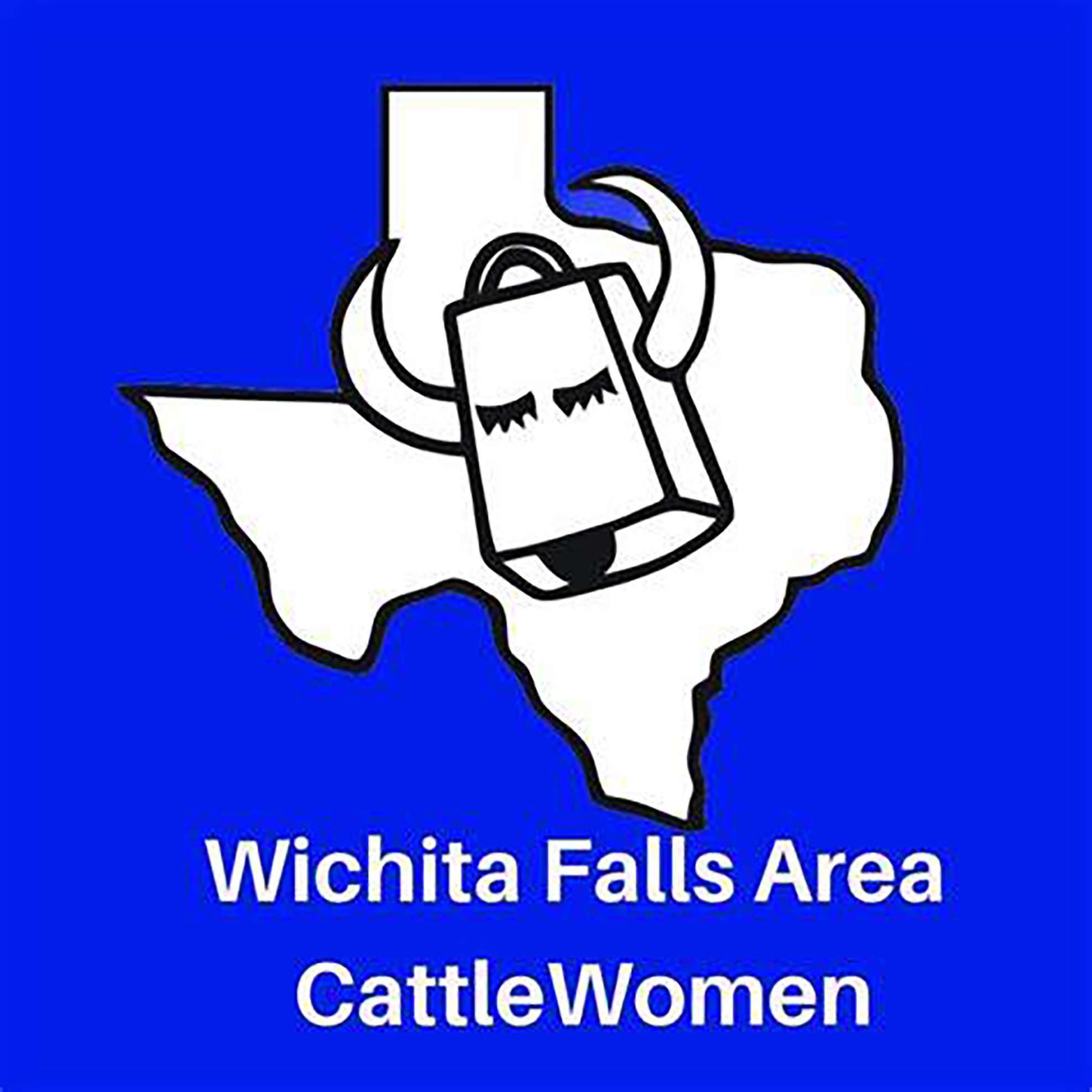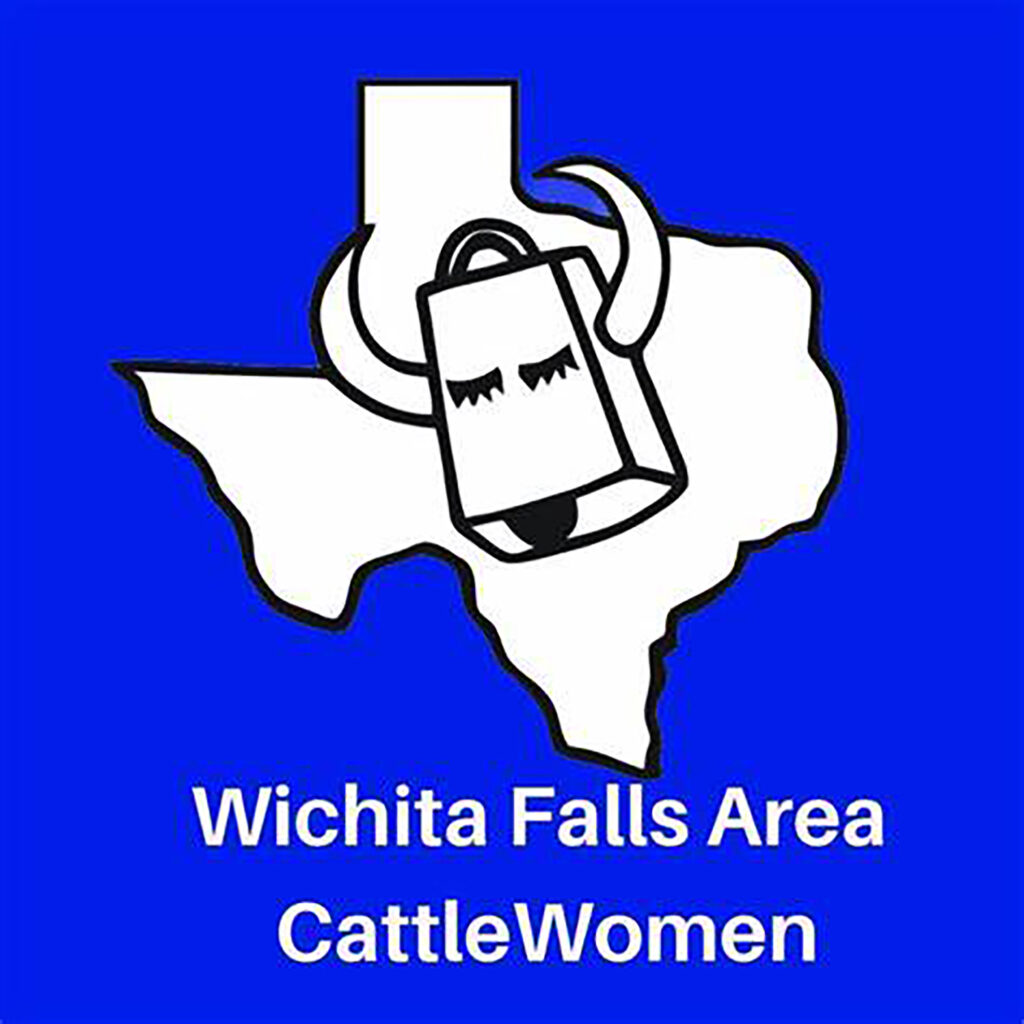HOME
Confessions of a Hunter – Hunting is a Sport, Not Sport Hunting

By Andy Anderson
I walked into a local, small-town café where the tables didn’t match, the history of the area covered the walls from floor to ceiling and the smell of fresh hot coffee and home style cooking filled the air. The old timers of the area were gathered at a table in the back of the dining room talking and sharing stories, giving free advice to solve any problem you may have or a salty opinion should you ask for one.
As I found a table, slid the chair back to have a seat, the waitress set a coffee cup down and filled it to the brim. Time seemed to slow down; peace set in as I looked over the menu even though I already knew what I was going to have. Not too much attention was paid to my presence by the table of patriarchs seated behind me. They glanced over at me and carried on with their conversation. I guess I fit the part.
About that time a couple of young men, about 16 years of age, burst into the café. Loud and abrupt as they enter, they just stood in the doorway for a few moments. The waitress advised them to sit anywhere they liked. A quick glance at the hair on their faces, skinny jeans and tennis shoes, it was obvious they were not from around here. About that time, a low grumble sounded from the table behind me, “Y’all can sit up front there.” The young men sat at the table next to the door, minding the advice given.
Shortly afterwards I heard the men discussing the wild hog problem in the area, and my name came up as the helicopter guy. I turned and introduced myself and was quickly invited over to their table.
As we discussed helicopter hog hunting, the young men decided they should advise us that shooting pigs from a helicopter is not hunting, its murder. Well, use your imagination as to the response returned their way and about how much anyone cared about their opinion. The young men got the point and soon departed the café.
To read more pick up a copy of the August 2018 NTFR issue. To subscribe call 940-872-5922.
HOME
Preparing Spring Gardens

By Hannah Claxton | Editor
The North Texas area is located within USDA Hardiness zones seven and eight. The zones are categorized by predicted low temperatures for winter and timing of the first and last frosts.
Zone seven usually has winter low temps between 0 and 10 degrees F with the average date of the first frost falling between Oct. 29 and Nov. 15 and the average date of the last frost falling between March 22 and April 3.
Overall, these two zones have similar climates and growing conditions, making the options for timing and variety within a garden very similar.
In these zones, cool-season crops should go in the ground in March, meaning that soil preparation should start now.
To read more, pick up a copy of the January edition of North Texas Farm & Ranch magazine, available digitally and in print. To subscribe by mail, call 940-872-5922.

HOME
Equine Vaccinations

By Heather Lloyd
Vaccinations are a critical component of maintaining the health and well-being of horses, especially in environments where they are exposed to other animals, such as in the sport, show and performance arenas. Horses, like all animals, are susceptible to various infectious diseases that can spread quickly and cause serious harm.
A routine vaccination schedule helps prevent the spread of these diseases by preparing the horse’s immune system.
To read more, pick up a copy of the November edition of North Texas Farm & Ranch magazine, available digitally and in print. To subscribe by mail, call 940-872-5922.

HOME
Wichita Falls Area Cattlewomen

Having herds on a controlled breeding schedule means that we have a predictable calving schedule, and while it’s only over a couple of months, for us it does fall right after the start of the year. I lobby annually to call ours the “Winter calving season”, but I am outvoted and my husband still refers to it as Spring. Unlike producers in our Northern States, we don’t have to contend with brutally harsh winter weather, and on those rare times we do, thankfully it is not for extended periods. Regardless of whether you have a Spring or a Fall calving schedule, the health of a newborn calf begins with the mother’s health, and the mother’s health is largely dependent on the producer.
To read more, pick up a copy of the November edition of North Texas Farm & Ranch magazine, available digitally and in print. To subscribe by mail, call 940-872-5922.

-

 Country Lifestyles2 years ago
Country Lifestyles2 years agoScott & Stacey Schumacher: A Growth Mindset
-

 Country Lifestyles8 years ago
Country Lifestyles8 years agoStyle Your Profile – What your style cowboy hat says about you and new trends in 2017
-

 HOME8 years ago
HOME8 years agoGrazing North Texas – Wilman Lovegrass
-

 Outdoor10 years ago
Outdoor10 years agoButtercup or Primrose?
-

 Country Lifestyles5 years ago
Country Lifestyles5 years agoAmber Crawford, Breakaway Roper
-

 Equine1 year ago
Equine1 year agoThe Will to Win
-

 Country Lifestyles9 years ago
Country Lifestyles9 years agoJune 2016 Profile – The man behind the mic: Bob Tallman
-

 Country Lifestyles8 years ago
Country Lifestyles8 years agoDecember 2016 Profile, Rusty Riddle – The Riddle Way




